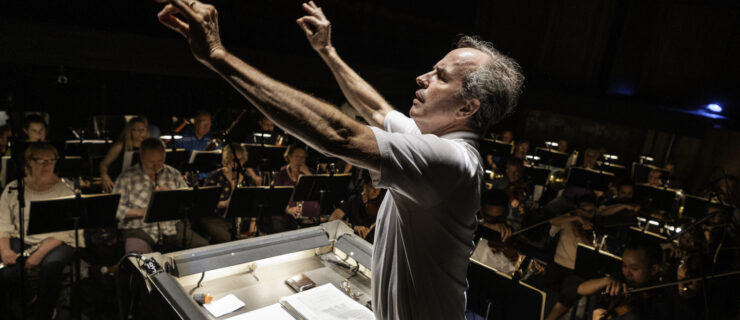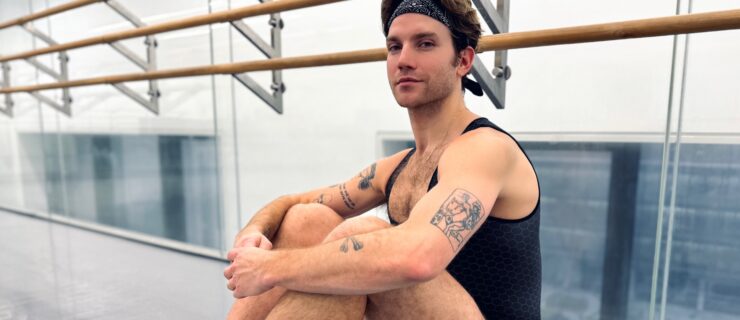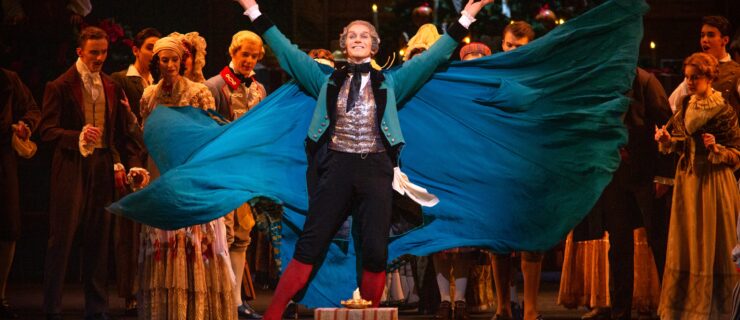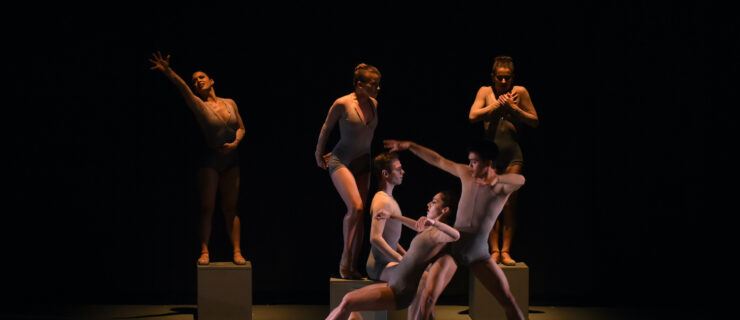Competitive Edge
Elite ballet competitions have become a fact of life. Considering the highly competitive job market these days, the Prix de Lausanne, Youth America Grand Prix and others like them provide access to apprenticeships, scholarships, exposure and, if nothing else, the opportunity to perform. Competitions have become a goal for which many students prepare—sometimes the whole year. Although they can be intimidating, a combination of choosing the right variation and receiving proper coaching will enable you to get the most out of the experience.
Months ago, you and your teacher or coach carefully selected a classical variation that would further your development and make an impression by showing your temperament, physique, age and experience to best advantage. Hopefully, if you compete in the junior division you were advised to avoid grand pas de deux and variations meant for principal dancers or leading characters. Such advanced material may present fun technical challenges, but don’t forget that along with the tricks, these variations also require a good grasp of style and character.
For example, it is hard for young boys to carry off the heroic virility of Actaeon, or Prince Désiré’s aristocratic bearing. And while the Black Swan is a favorite of many young girls, Odile’s mysterious and beguiling nature is difficult to achieve at a young age. Be careful especially of Esmeralda’s variation, now a popular choice of young dancers. Little Esmeraldas have been seen competing with sultriness and passion and no shortage of suggestive gazes more appropriate to baby beauty pageants than to the ballet from which it comes.
By now, many hours have gone into polishing the variation you chose. Now it is time to put your all of that preparation
to the test. “Focus less on difficulty and quantity of turns,” says Jeff Edwards, former associate artistic director of The Washington Ballet and a 2008 YAGP finals juror. “Concentrate more on quality, clarity and perfection of form.” The following suggestions should help you stand out for the jurors—and make you a better dancer.
Shoes You Can Fill
Show the judges—and the audience—who you are. Every variation is a little essay in character, personality and emotion expressed by means of dance vocabulary. There are many wonderful, challenging variations in the classical repertoire. Take the time to research the history, setting, style and characterization of what you will dance.
Variations from ballets by August Bournonville, with their joie de vivre and strength-promoting petit allegro, can be extremely suitable for young dancers to work on and perform. If you have chosen to dance a Bournonville variation, pay attention to the footwork, and the pitch of the head and upper body.
Within Reach
Jurors look for refined pointe work from the girls. “Pointe work is more than just dancing on your toes, it is how you articulate your feet while wearing a pointe shoe,” says Stephanie Wolf Spassoff, co-director of The Rock School in Philadelphia. For example, the ability to softly roll down from pointe is one of the main technical challenges in the Lilac Fairy variation. This is the element that defines the majestic, omnipotent power of the character. If the dancer cannot do the steps with ease, it is doubtful she’ll create magic.
For boys, big jumps, double turns and sauts de basque en l’air require the mastery of secure landings. A lack of control in landings can be dangerous, and it can interfere with portraying such characteristic qualities as heroic revolutionary enthusiasm in pas de deux from “The Flames of Paris,” bravado and self-assurance in Don Quixote and easygoing simplicity in La Fille mal gardée.
Respect for Tradition
Pay close attention to stylistic features, especially the use of the upper body—head, épaulement and port de bras. Incorporating these refinements is an essential element in developing your artistry.
Now that the internet makes it possible to view many versions of classical variations, it is important to check your sources. Because Marius Petipa’s ballets were choreographed and—along with their style and tradition of interpretation—carefully preserved in St. Petersburg, the Mariinsky (Kirov) Ballet versions are considered to be the most authentic. The same holds true for the Royal Danish Ballet and August Bournonville’s choreography.
Also be aware that excessive turns and high leg kicks can destroy the choreographic integrity of a variation, distorting transitions, musicality, style and character. Refrain from replacing signature choreographic features such as the diagonal of hops on pointe with pirouettes in Kitri’s variation. The hops and playful use of the fan are an opportunity to show yourself as an artist.
The test is to stand out in a variation as it was choreographed. Aside from their beauty and the skill required to execute them, the classical variations give judges a standard frame of reference to compare dancers. Mixing and matching fragments of variations taken from different ballets to suit a particular dancer’s skills only makes the judges distrust the dancer’s integrity.
Ballet is an art form with history and rules. When aspiring to compete in a competition, use the preparation to enrich yourself as a dancer. “Focus on the educational experience,” says Edwards. Because competitions bring dancers together from all corners of the world, “they are a great opportunity to train the eye and learn through comparison.”
Formerly a ballerina with the Mikhailovsky Theatre Ballet in St. Petersburg, Elena Kunikova was trained at the Vaganova Academy and is now a New York–based coach active in staging classical ballets.
Dressed to Shine
Costumes play a huge role in the jury’s perception of a performer. Moderation is always a good idea. Good taste is the hallmark of an artist.
- Big tiaras enlarge your head and can distort the balance of your proportions.
- Too much glitter and sparkle distract attention from your dancing.
- Long, opaque skirts and tunics look heavy and won’t show your lines.
- The clean shape of a classical or Romantic tutu will work for most variations. It is not necessary, especially for younger divisions, to wear a bra top for the “Pas de Trois” variations in Le Corsaire.
- If the color of your shoes, ribbons and elastics is darker than the color of your tights, the difference can obstruct the line of your foot.





